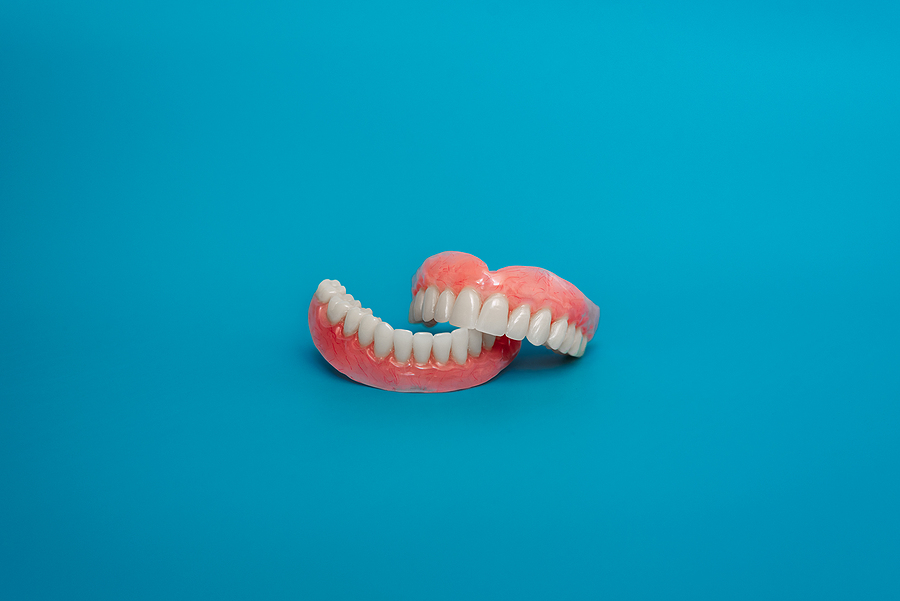TYPES OF DENTURES

TYPES OF DENTURES
Your natural teeth are very resilient and can withstand regular wear and tear well. However, accidents and poor oral or lifestyle habits can weaken them. This can lead to cavities, cracks, chips, and tooth removal. Modern dentistry has evolved considerably over the years; so you have a number of procedures and options to help replace the damaged natural tooth. Dentures are the most commonly used procedure because they’re affordable, quick, and convenient.
WHAT TYPES ARE AVAILABLE?
There are different types of dentures available to patients. You should choose one based on your personal requirements and lifestyle. We recommend that you consult with your dentist before you make your choice. The dentist will explain your options, recommend the best procedure based on your dental health, and explain proper denture care procedures. Here’s a brief introduction to types of dentures:
1. FULL DENTURES
Full dentures, as the name implies, is a complete set of dentures that can replace the entire set of natural teeth. The denture set for upper teeth has a flesh colored acrylic base that covers the entire roof of the mouth along with the gums. The denture set for the lower jaw is in the form of a horseshoe and will only cover the lower gums. This ensures there’s space for the tongue to move around. As you might have guessed, full dentures can’t be installed if you have any existing natural teeth. The dentist will remove all your natural teeth and wait a few months for your jaw to adjust before they take measurements and create a full set of dentures for you. You’ll receive an interim denture set for the adjustment period.
2. PARTIAL DENTURES
You don’t need to remove all of your natural teeth if you only have a few teeth missing. Dentists always recommend keeping the natural teeth and preserving the natural root system. If only a few teeth are missing, you can choose partial dentures to fill in the gap caused by the missing teeth. Dentists will use a number of methods to attach the partial dentures and these include:
Metal clasps that clamp around the existing natural teeth next to the gap and anchor it in the space.
Partial denture with precision attachments that is nearly indistinguishable from natural teeth.
Bridges that are attached to dental crowns placed on natural teeth on either side of the gaps.
These three attachment methods are very effective and will fill in the gap between easily. There will be no need to remove natural teeth unless you have to. Dentists usually recommend this procedure to individuals who only need to replace a couple of teeth.
3. DENTAL IMPLANTS AND IMPLANT SUPPORTED DENTURES
As we’ve mentioned before, dentists like to preserve the natural teeth system as much as possible. That’s because natural teeth help preserve the shape of the jaw and protect the jaw bone. If you don’t have teeth or other such material protecting the jawbone, it will start to lose strength and eventually become too worn down to support anything. That’s one of the reasons why dentists recommend dental implants, if you really need to replace natural teeth. The implants are tiny metal posts that are the placed directly in the jawbone and can help preserve the jaw structure and shape. Implant dentures are placed on these implants and they’re relatively budge-proof. These implants and dentures are permanent so you don’t have to worry about removing them and storing them. They look similar to natural teeth and will allow you to consume almost all kinds of food items. If you need dentures, you should first get a complete consultation with an experienced dentist and then make your decision regarding the types of dentures.
Office Hours
MON7:00 am - 4:00 pm
TUE7:00 am - 4:00 pm
WED7:00 am - 4:00 pm
THU7:00 am - 4:00 pm
FRIClosed
SATClosed
SUNClosed





















comments